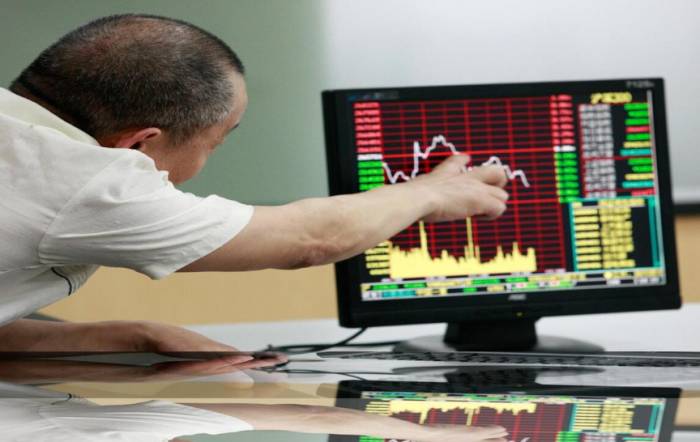Go and stock trading, seemingly unrelated, actually share many similarities.
They both begin with simplicity; Go has only black and white pieces, while stock trading involves only buyers and sellers.
However, this simplicity can lead to an endless array of outcomes.
The combination of black and white pieces in Go is infinite, much like the capital flows and stock price fluctuations driven by buyers and sellers in the stock market.
From the concept of Yin and Yang giving birth to the Two, the Two to the Four Images, the Four Images to the Eight Trigrams, and then the Eight Trigrams evolving into the Sixty-Four Hexagrams, the changes are complex and fascinating.
Go and stock trading are also like this; seemingly simple elements can create countless possibilities in continuous play.
Another similarity between the two lies in adapting to the opponent's changes.
In a game of Go, players must adjust their strategies based on their opponent's moves, with constant back-and-forth exchanges full of variables.
Stock trading is the same; buyers and sellers in the market influence each other,
and stock prices fluctuate with the changing balance of power between the buying and selling forces.Every move by the opponent may bring new changes, requiring investors to keenly capture and make corresponding decisions.
Moreover, the concept of sacrificing pieces in Go and cutting losses in the stock market share a similar subtlety.
In Go, sometimes to consider the overall situation, one has to give up some pieces, which is known as sacrificing for the momentum.
In the stock market, when unfavorable conditions arise, timely cutting losses can prevent greater damage and keep hope alive for ultimate victory.
A small failure is not terrible; the key is to have a long-term perspective, aiming for the final victory.
Both Go and stock trading require a macro perspective.
In a game of Go, one should not focus solely on the immediate local battles but should examine the entire board situation from a macro perspective.
A seemingly minor move in the present might only be a contest within a small area, but it has a different significance when placed in a larger context.
Similarly, in the stock market, one should not easily give up just because of the current downturn. For instance, if the stock market has fallen to such an extent, but one can think from a macro perspective and recognize that this might be the bottom of a bear market, then this is precisely the right time to lay out one's strategy.
If one gives up due to temporary discomfort, it could lead to a failure just short of success.In a bull market, one should not miss out on the entire market's wave gains due to a temporary pullback. Whether it's a shift in the stock market or other circumstances, it is necessary for us to view things from a broader perspective and not be swayed by immediate fluctuations. Moreover, whether it's playing Go or trading stocks, the key points and turning positions are extremely important and require close attention and vigilance.

In the game of Go, one careless move can lead to a complete loss. The same applies to stock trading; if you make a mistake at a critical turning point, the consequences can be dire. For instance, when the market is at its peak, one should know how to exit rather than continue to add positions; when it's at a phase bottom, one should know how to bottom-fish instead of selling at a loss.
During the process of rising and falling, the final turning points must be paid extra attention to. A slight carelessness could lead to missing opportunities or falling into difficulties. Both Go and stock trading require wisdom, patience, and courage. In the complex and ever-changing situation, staying calm, assessing the situation, and making the right decisions are the keys to victory in this war without smoke. Let us draw wisdom from Go and stock trading and continue to move forward on the path of life.Note: The market carries risks, and investment should be approached with caution.
LEAVE A REPLY
Your email address will not be published. Required fields are marked *